A Sociological Study Of The Hells Angels
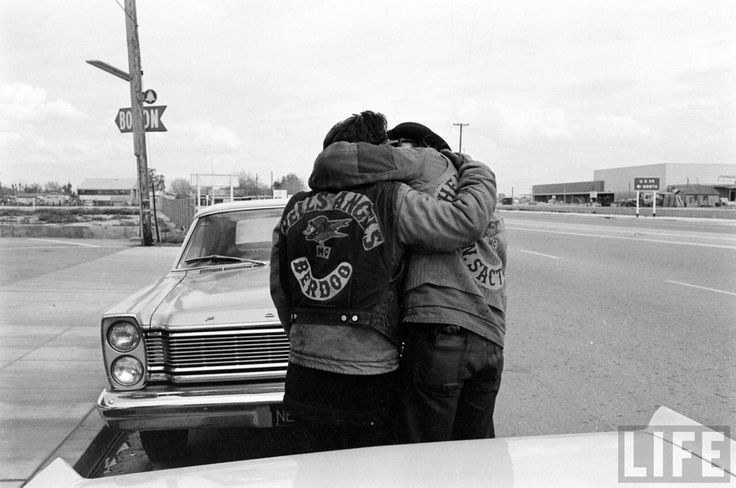
Table of Contents
The Social Structure and Hierarchy of the Hells Angels
The Hells Angels' organizational structure is a key element in understanding their operations and longevity. It's a hierarchical system, far from the chaotic image often presented, that ensures order, control, and the efficient execution of both internal and external activities. This highly structured Hells Angels hierarchy allows for efficient management of resources and personnel, vital to their criminal enterprises. The club’s formal and informal rules, rigorously enforced, maintain discipline and loyalty. Rituals and ceremonies, deeply embedded within the club's culture, further solidify group identity and reinforce loyalty among members.
Key positions within the Hells Angels hierarchy include:
- Prospect: A probationary member undergoing a period of evaluation.
- Full Member: An active participant with voting rights within the chapter.
- Sergeant-at-Arms: Responsible for enforcing club rules and maintaining discipline. Often involved in violence and intimidation.
- President: The highest-ranking member of a chapter, responsible for overseeing all aspects of the chapter's operations.
- Vice President: Second in command, often responsible for day to day running and specific criminal operations.
This club structure, often visualized as an organizational chart, facilitates both internal cohesion – maintaining loyalty and minimizing internal conflict – and external operations, allowing for coordinated criminal activities and effective responses to law enforcement. The Hells Angels hierarchy is a crucial element in their enduring success as a criminal organization.
Recruitment and Socialization within the Hells Angels
Becoming a member of the Hells Angels is not a simple process. Hells Angels recruitment is highly selective, demanding a rigorous vetting procedure and a profound commitment to the club's values. Potential recruits, often with prior criminal histories and a strong affinity for motorcycles, undergo a period as prospects, demonstrating their loyalty and suitability before full membership is granted. Initiation rites, shrouded in secrecy, mark the transition into full membership.
The socialization process is crucial for integrating new members into the group. Through intense interaction with established members, new recruits internalize the club’s norms, values, and beliefs, strengthening their commitment and allegiance to the Hells Angels. This process fosters a strong sense of belonging, camaraderie, and shared identity that is highly resistant to outside influences. Several factors attract individuals to the Hells Angels:
- Sense of belonging: Many recruits seek the camaraderie and brotherhood offered by the club, filling a void in their lives.
- Camaraderie: The close-knit bonds and shared experiences create strong social ties.
- Allure of outlaw status: The rebellious nature of the club and its defiance of authority attract those seeking to reject mainstream society.
Common characteristics of Hells Angels recruits include:
- Past criminal history or involvement in illegal activities.
- Strong interest in motorcycles and motorcycle culture.
- A willingness to conform to the club's strict rules and hierarchy.
- A desire for belonging and acceptance within a tightly knit community.
Criminal Activities and the Economic Dynamics of the Hells Angels
A sociological study of the Hells Angels would be incomplete without addressing their extensive involvement in criminal activities. Their hierarchical structure, coupled with a strong sense of loyalty and discipline, enables sophisticated and extensive criminal networks. The Hells Angels’ economic activities are central to their power and influence, fueling their operations and lifestyle. These activities are far-reaching and diverse:
- Drug trafficking: The sale and distribution of illicit substances constitute a major source of revenue.
- Arms dealing: The illegal trade of weapons provides another significant income stream.
- Extortion and racketeering: Members use intimidation and violence to extort money from businesses and individuals.
- Money laundering: Sophisticated schemes are used to conceal the origins of illegal income.
These criminal activities, collectively generating considerable wealth, not only sustain the club's operations but also contribute to its power and influence within the criminal underworld. The Hells Angels crime network is a testament to the organization and resourcefulness of their hierarchical structure.
The Hells Angels Subculture and its Significance
The Hells Angels possess a unique and recognizable subculture that reinforces their identity and separates them from mainstream society. This subculture, a significant aspect of any sociological study of the Hells Angels, is characterized by specific dress codes, symbols, and rituals. The iconic “death head” logo and the prevalent use of leather jackets, bandanas, and custom motorcycles serve as powerful visual identifiers.
Motorcycles are central to the Hells Angels' identity and lifestyle. Motorcycle culture plays a significant role in shaping their values, norms, and social interactions. The communal rides and rallies strengthen group cohesion, further reinforcing their outlaw motorcycle gang (OMG) identity. This subculture, encompassing their dress, symbols, rituals, and motorcycle culture, is instrumental in maintaining group cohesion, reinforcing their shared identity, and clearly distinguishing them from the broader society. The Hells Angels subculture is a powerful marker of membership and belonging.
Conclusion: Understanding the Hells Angels Through a Sociological Lens
This sociological study of the Hells Angels reveals a complex organization far removed from simplistic stereotypes. Their hierarchical structure, selective recruitment processes, diverse criminal activities, and unique subculture all contribute to a comprehensive understanding of this group. Moving beyond sensationalized media portrayals, a sociological lens allows for a more nuanced and insightful analysis of their societal impact and organizational dynamics. Further sociological study of the Hells Angels is essential for comprehending the intricacies of outlaw motorcycle gangs and their enduring presence in society. Understanding outlaw motorcycle gangs, like the Hells Angels, requires in-depth investigation, exploring the Hells Angels subculture and the dynamics of their criminal operations. By continuing to explore the sociological aspects of the Hells Angels and similar groups, we can foster a more informed and responsible societal response to their activities.

Featured Posts
-
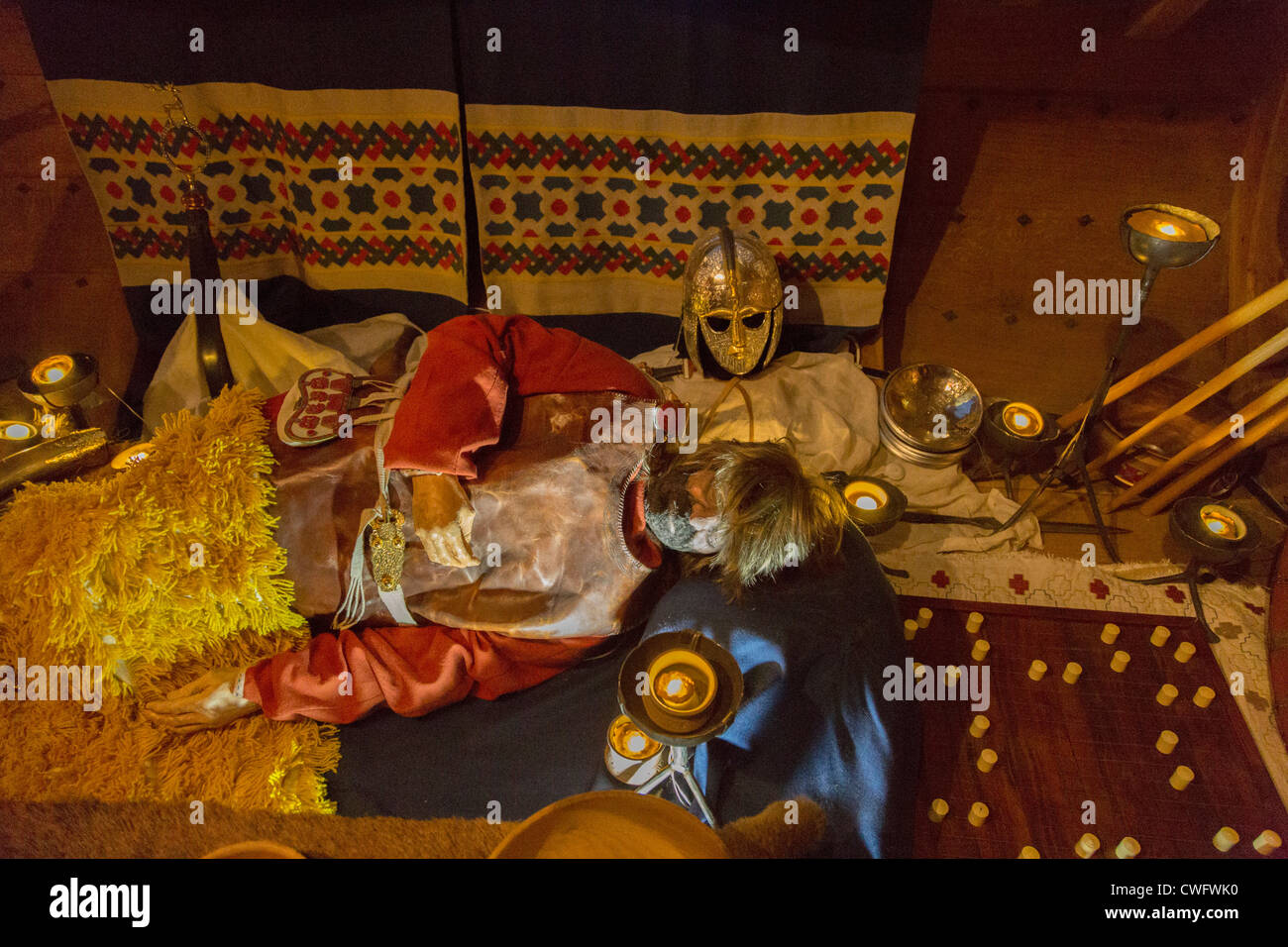 The Sutton Hoo Ship Burial Evidence Of Sixth Century Cremation Practices
May 25, 2025
The Sutton Hoo Ship Burial Evidence Of Sixth Century Cremation Practices
May 25, 2025 -
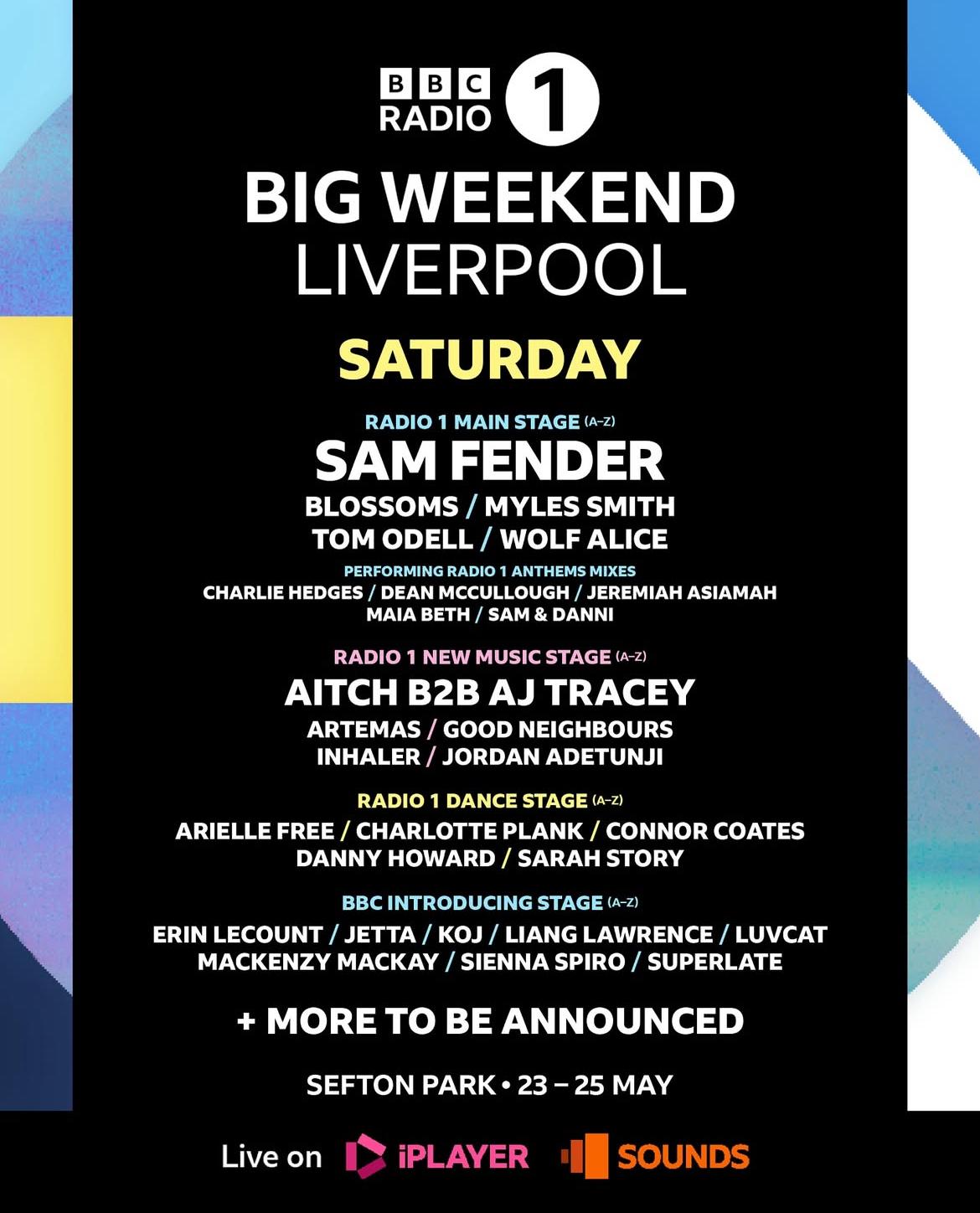 Securing Your Bbc Radio 1 Big Weekend 2025 Tickets In Sefton Park
May 25, 2025
Securing Your Bbc Radio 1 Big Weekend 2025 Tickets In Sefton Park
May 25, 2025 -
 Investigating The Disappearance Clues Evidence And Solutions
May 25, 2025
Investigating The Disappearance Clues Evidence And Solutions
May 25, 2025 -
 Met Gala 2025 Naomi Campbells Absence Sparks Speculation Of Wintour Fallout
May 25, 2025
Met Gala 2025 Naomi Campbells Absence Sparks Speculation Of Wintour Fallout
May 25, 2025 -
 F1 Yllaetys Taponen Rattiin Taenae Vuonna
May 25, 2025
F1 Yllaetys Taponen Rattiin Taenae Vuonna
May 25, 2025
Latest Posts
-
 Victor Osimhen Manchester Uniteds Increased Chances After Chelseas Withdrawal
May 27, 2025
Victor Osimhen Manchester Uniteds Increased Chances After Chelseas Withdrawal
May 27, 2025 -
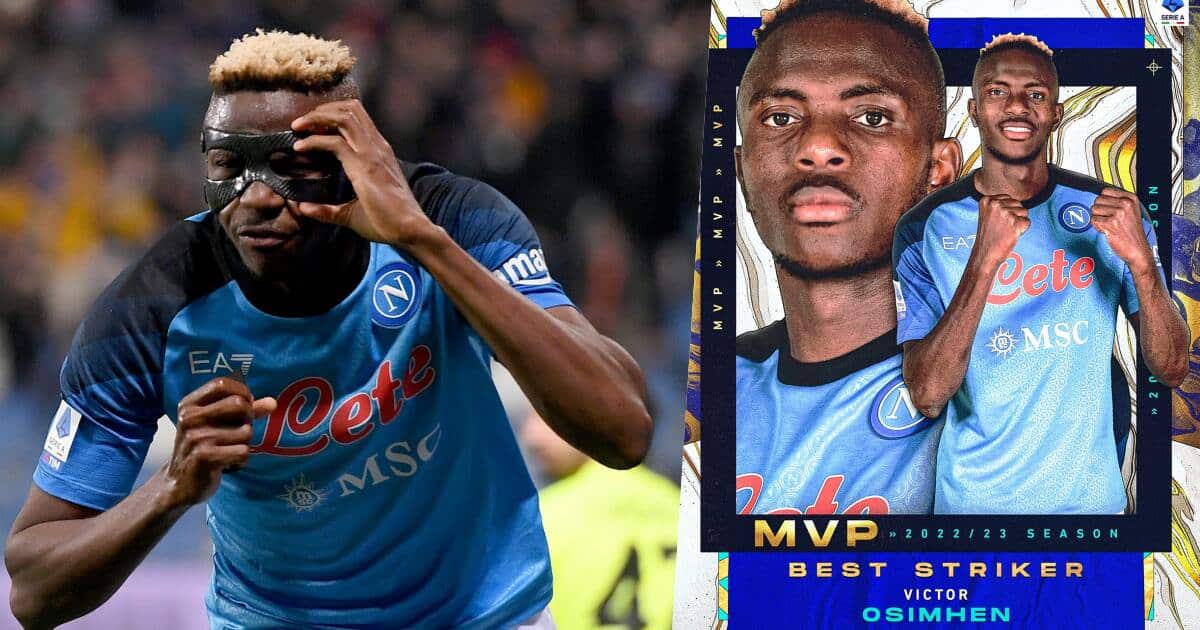 Is Osimhen One Of The Worlds Best Strikers Morata Thinks So
May 27, 2025
Is Osimhen One Of The Worlds Best Strikers Morata Thinks So
May 27, 2025 -
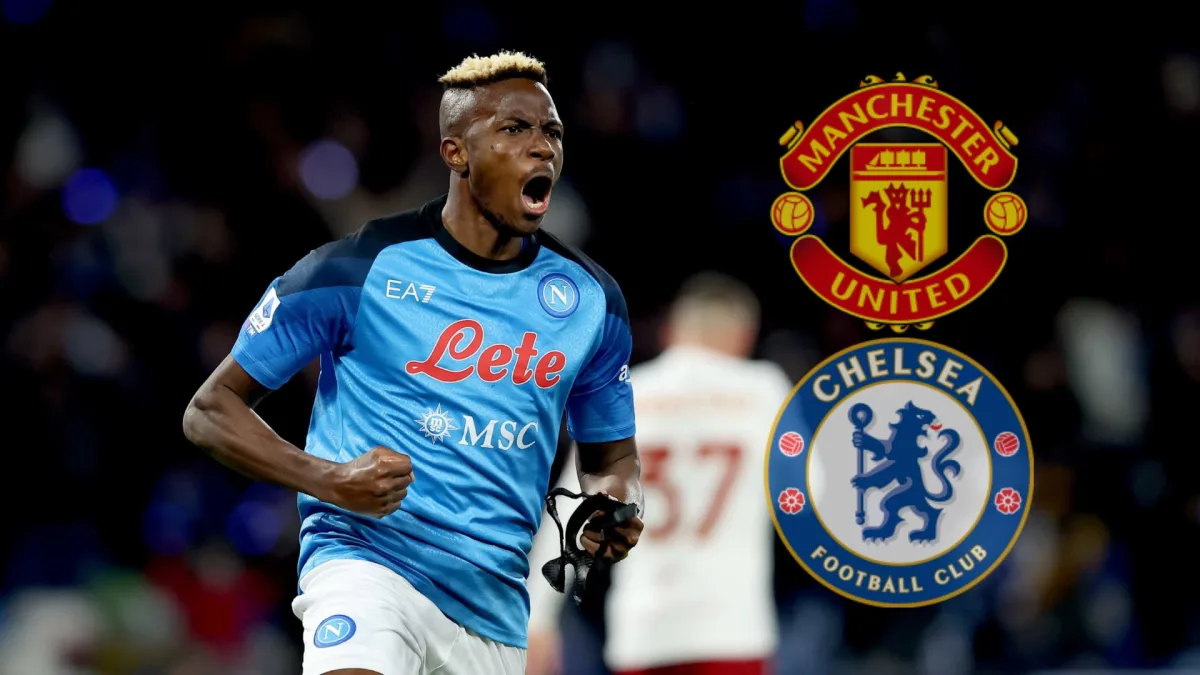 Osimhen Transfer Update Man Utds Prospects Improved By Chelseas Latest Decision
May 27, 2025
Osimhen Transfer Update Man Utds Prospects Improved By Chelseas Latest Decision
May 27, 2025 -
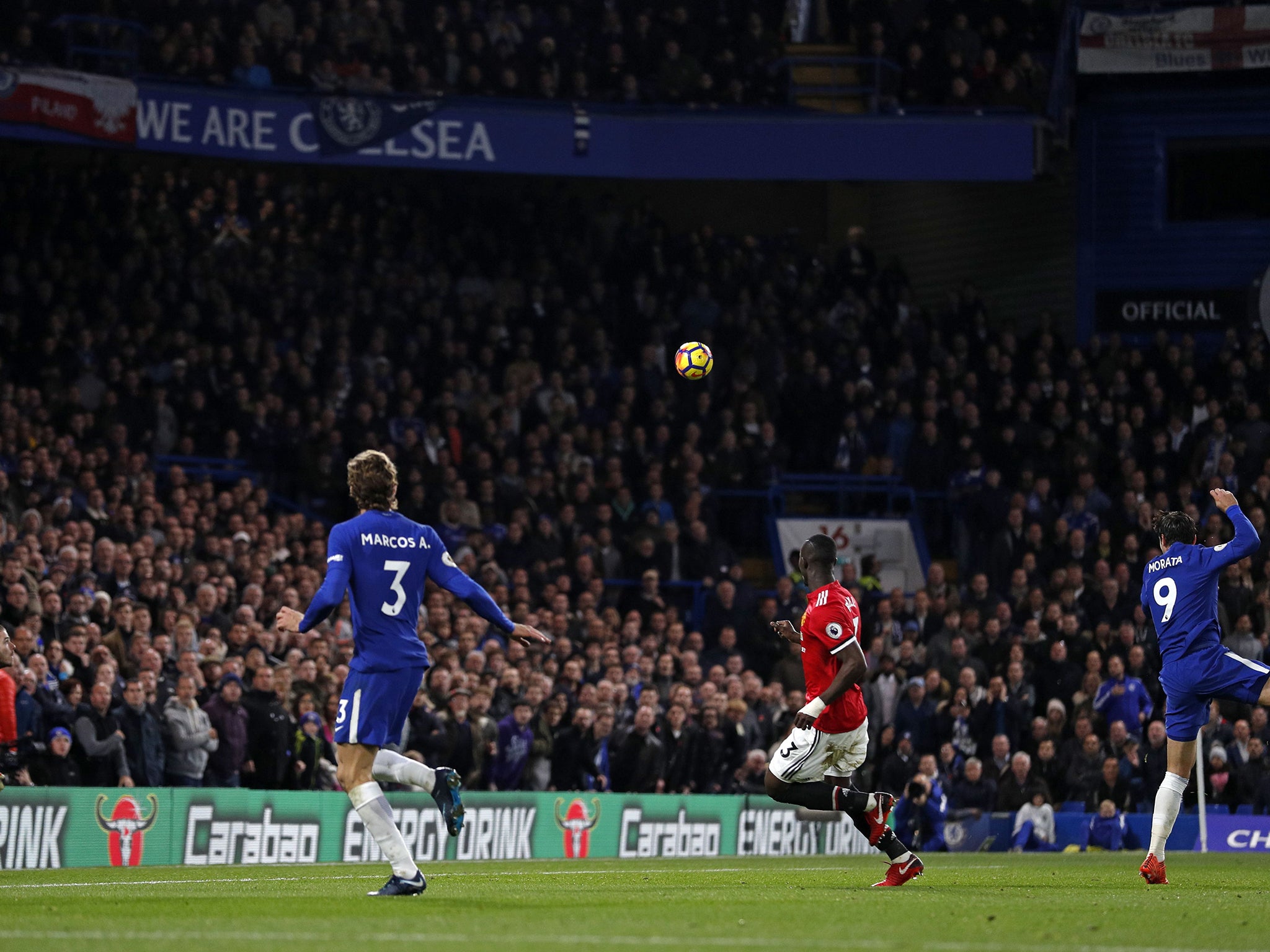 Morata Highlights Osimhens Status As A Top Striker
May 27, 2025
Morata Highlights Osimhens Status As A Top Striker
May 27, 2025 -
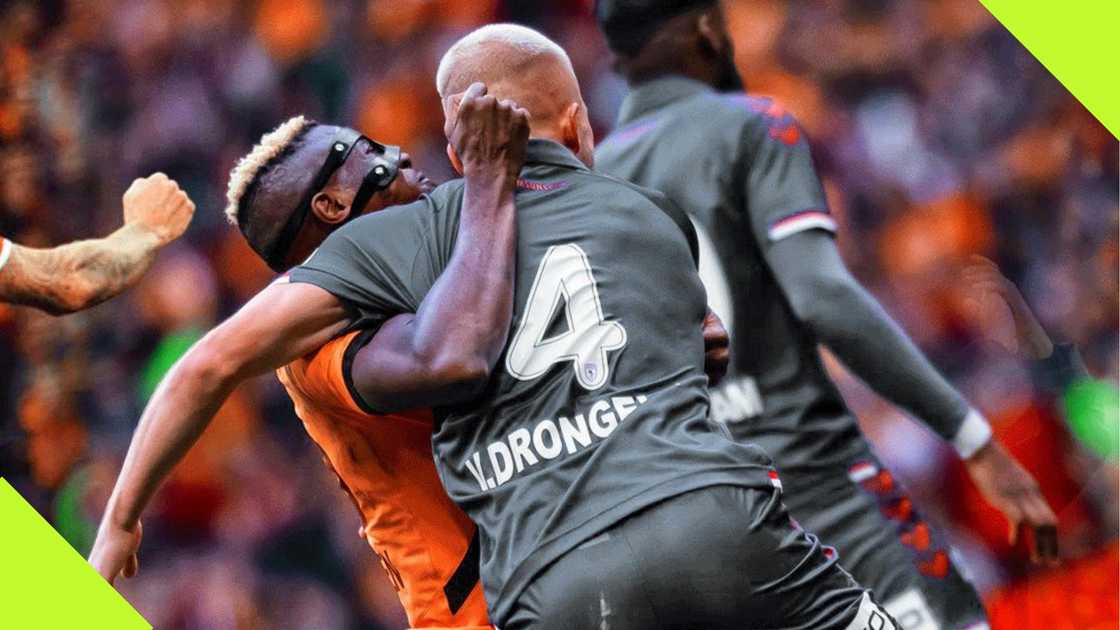 Osimhen Among The Worlds Best Strikers Says Morata
May 27, 2025
Osimhen Among The Worlds Best Strikers Says Morata
May 27, 2025
